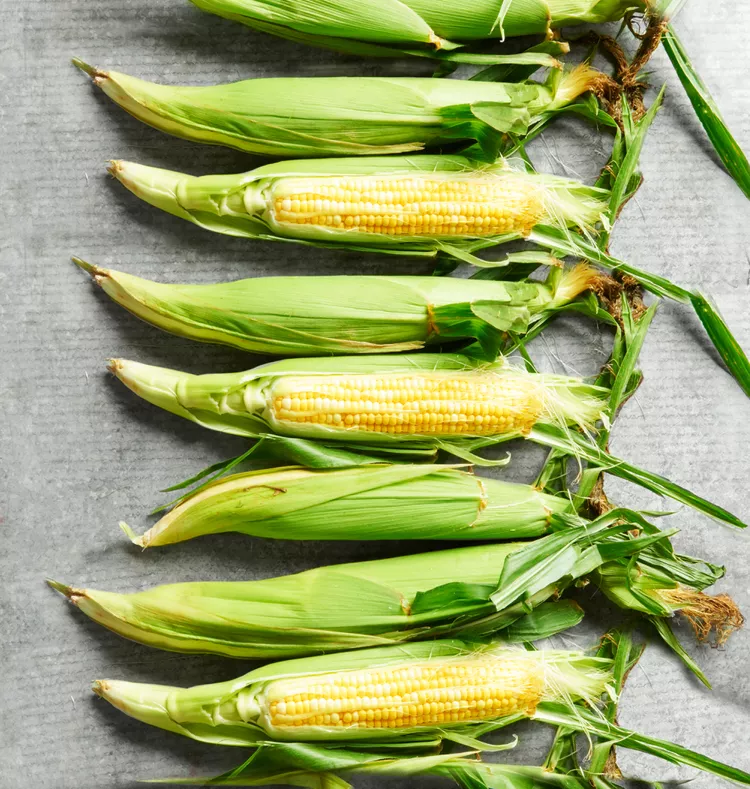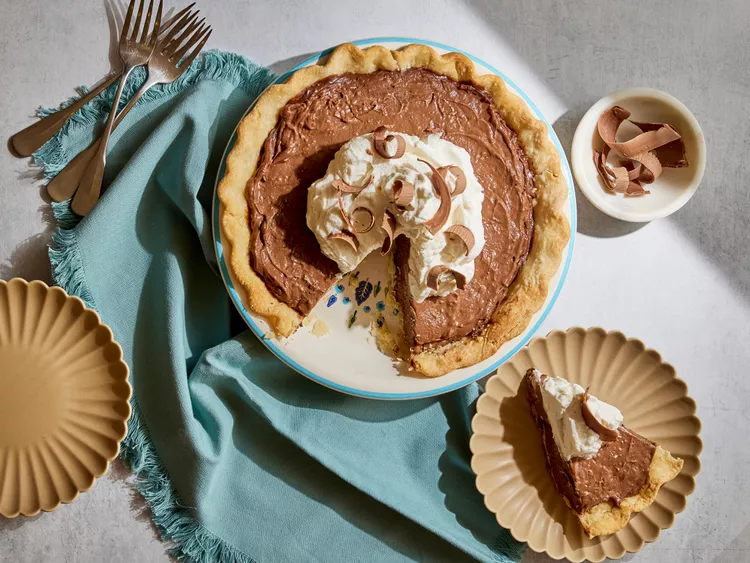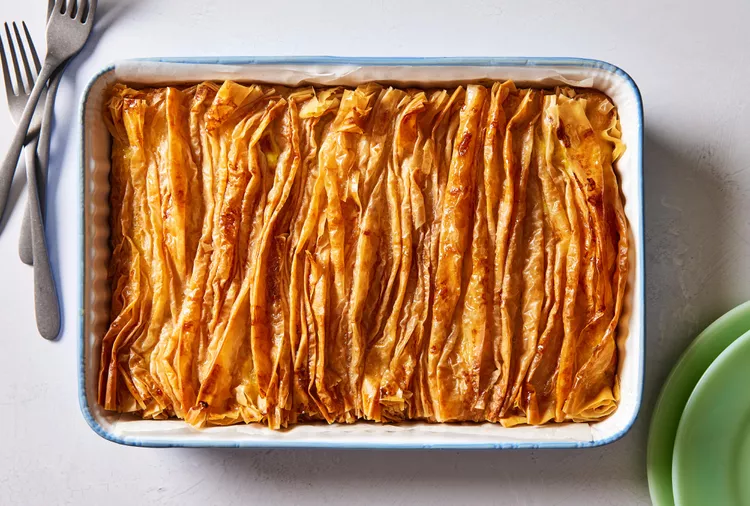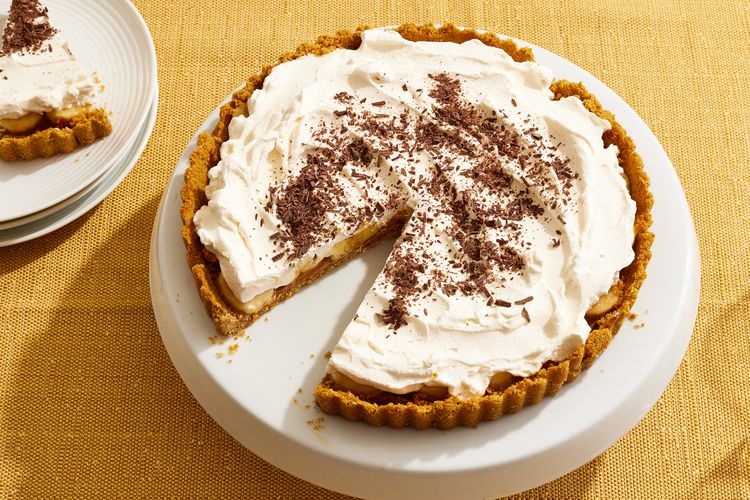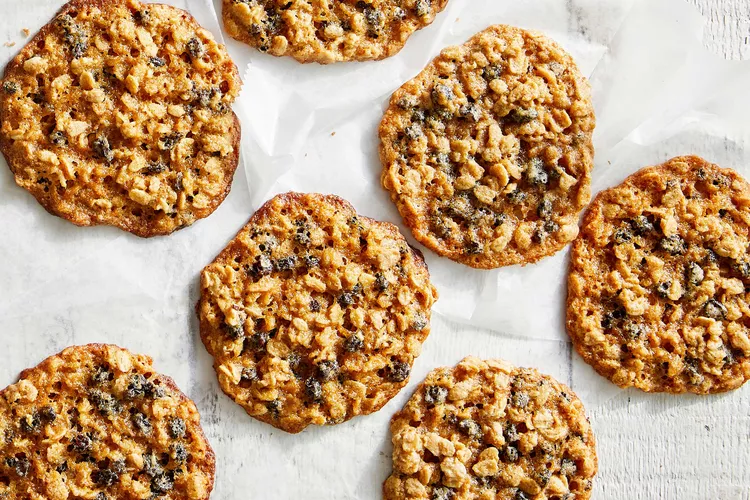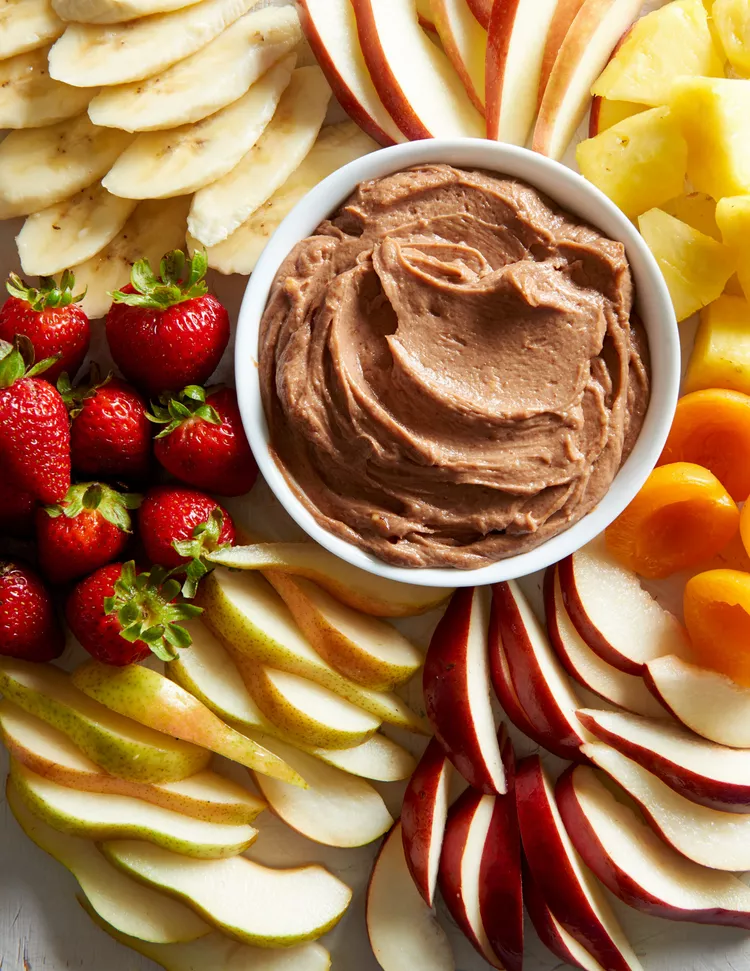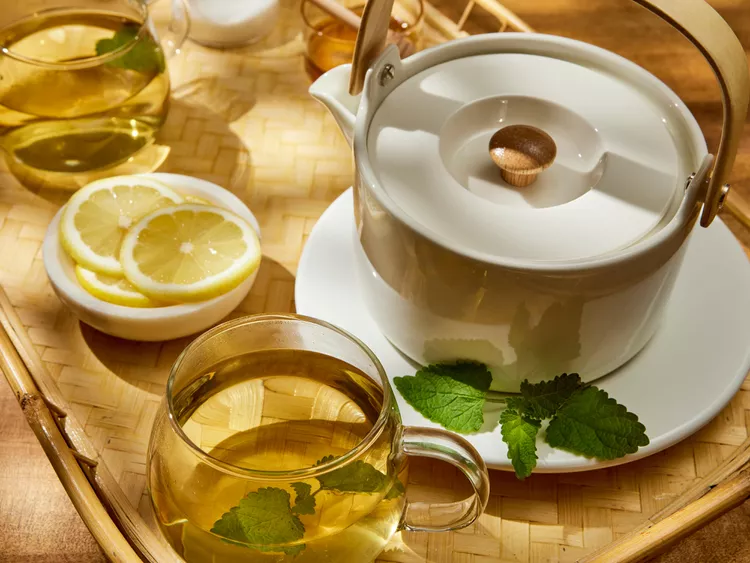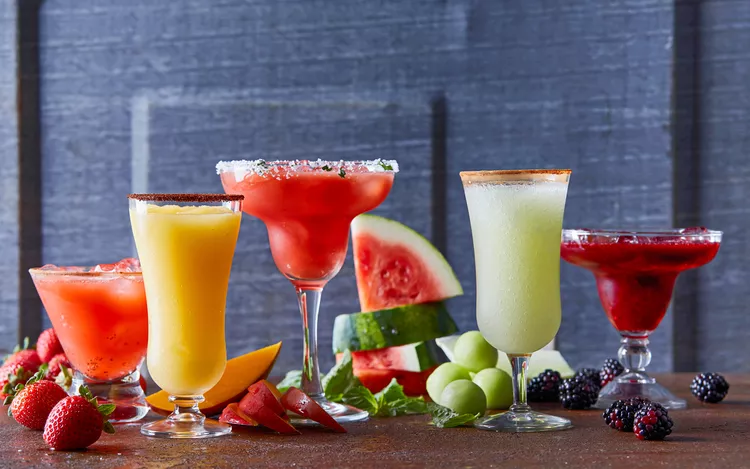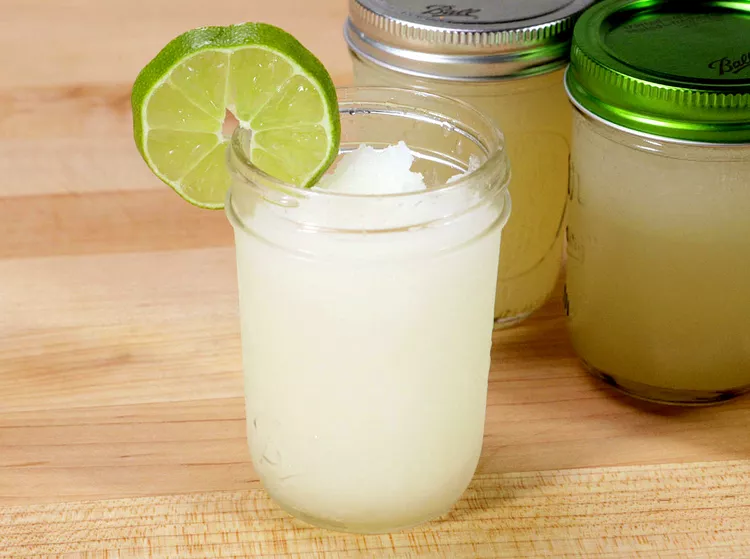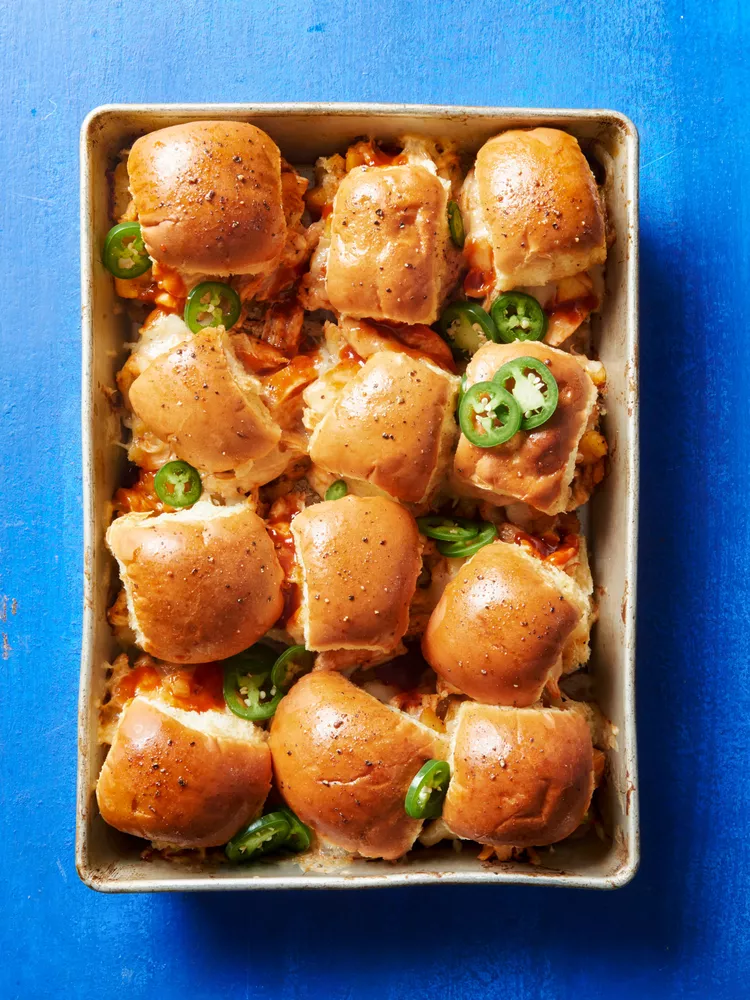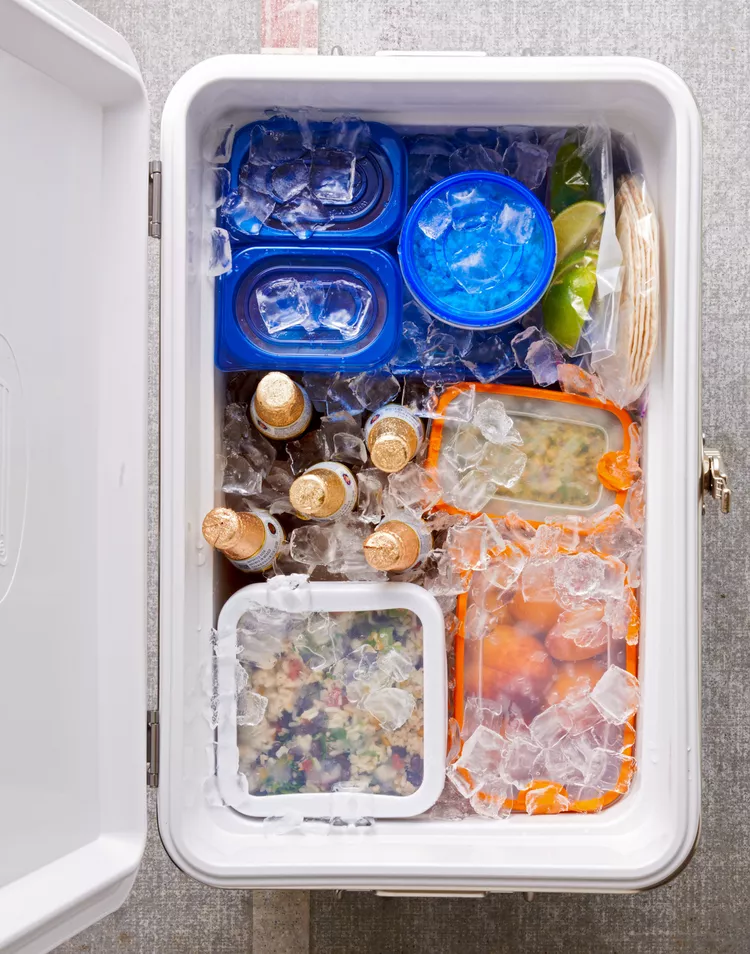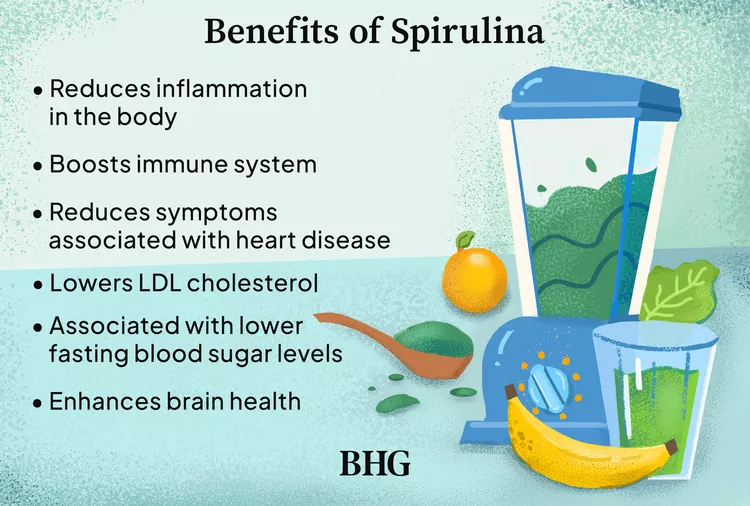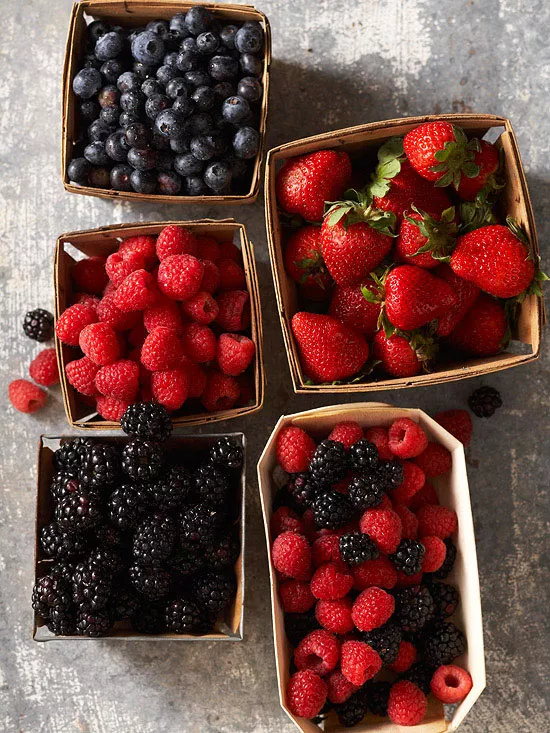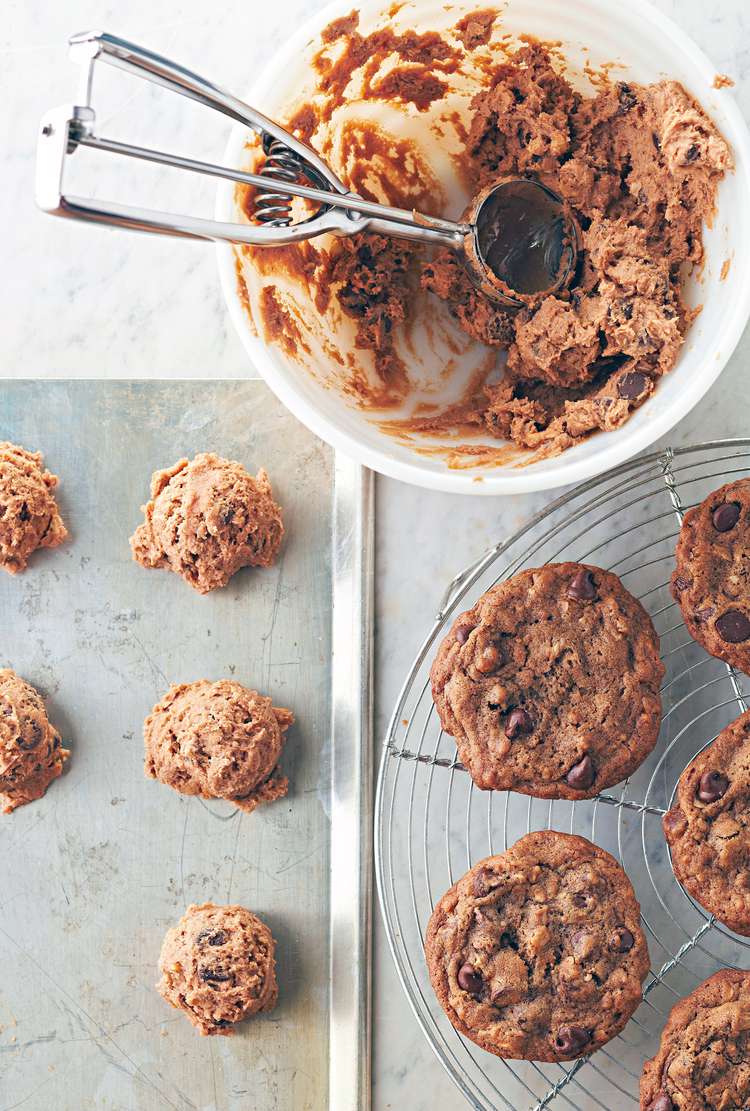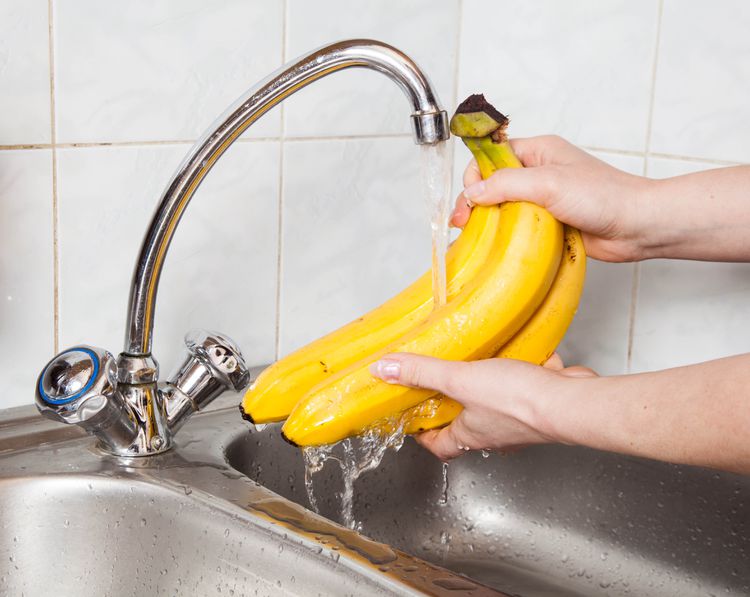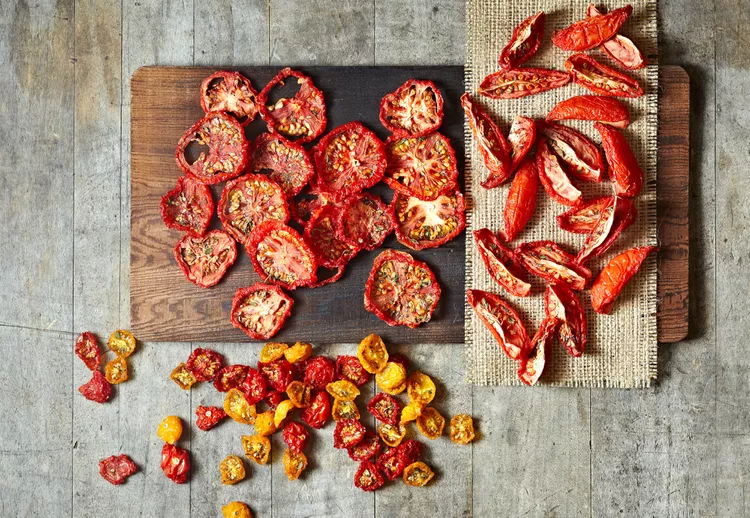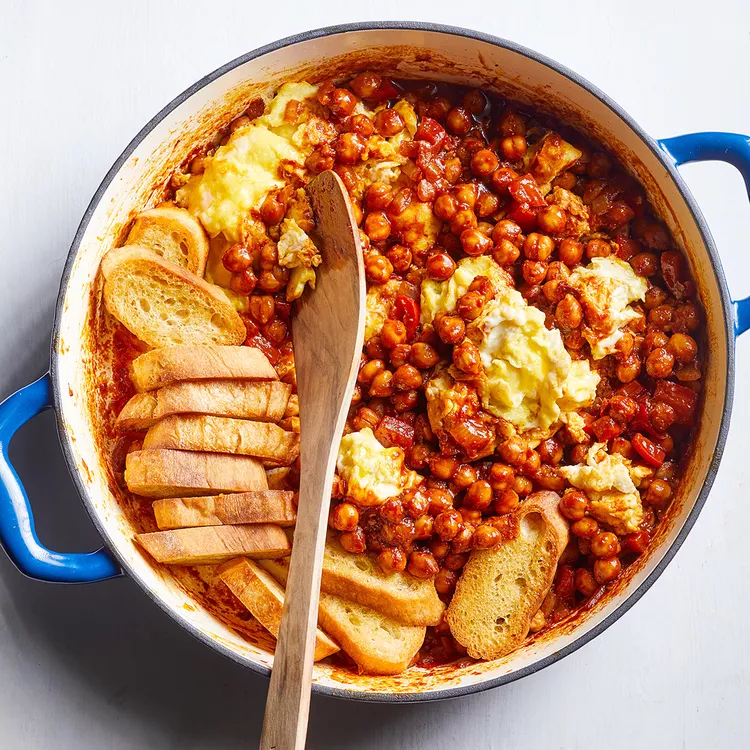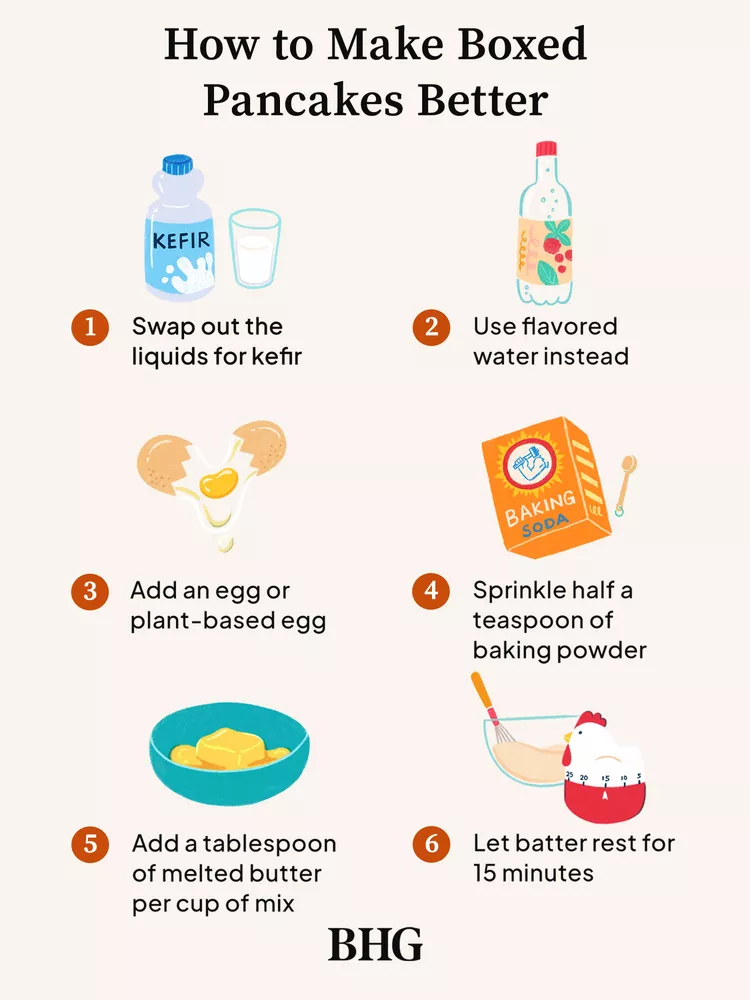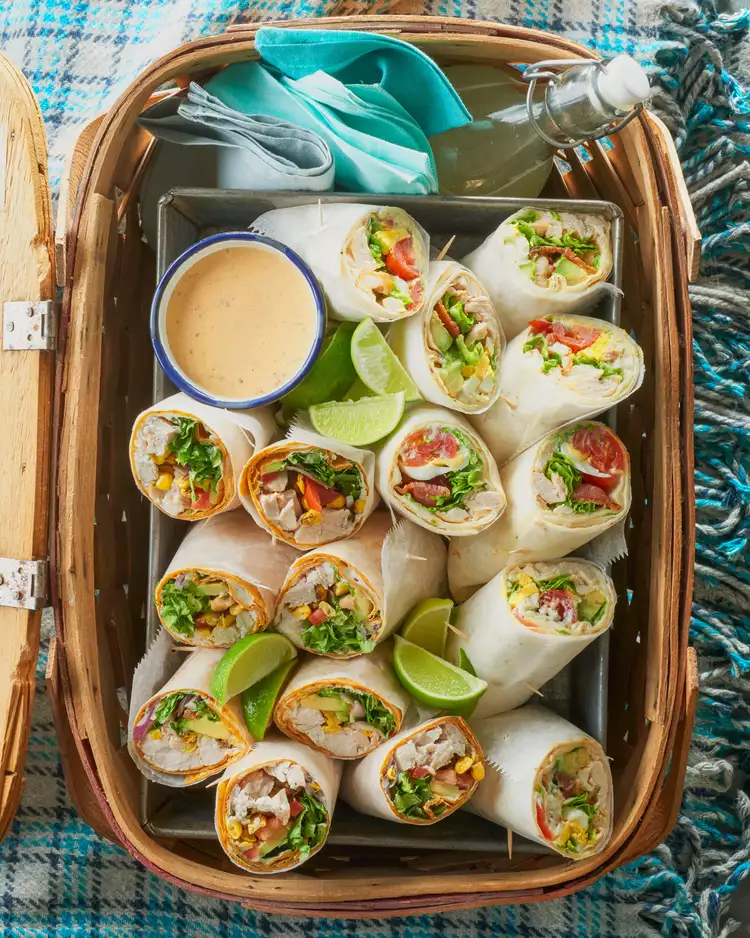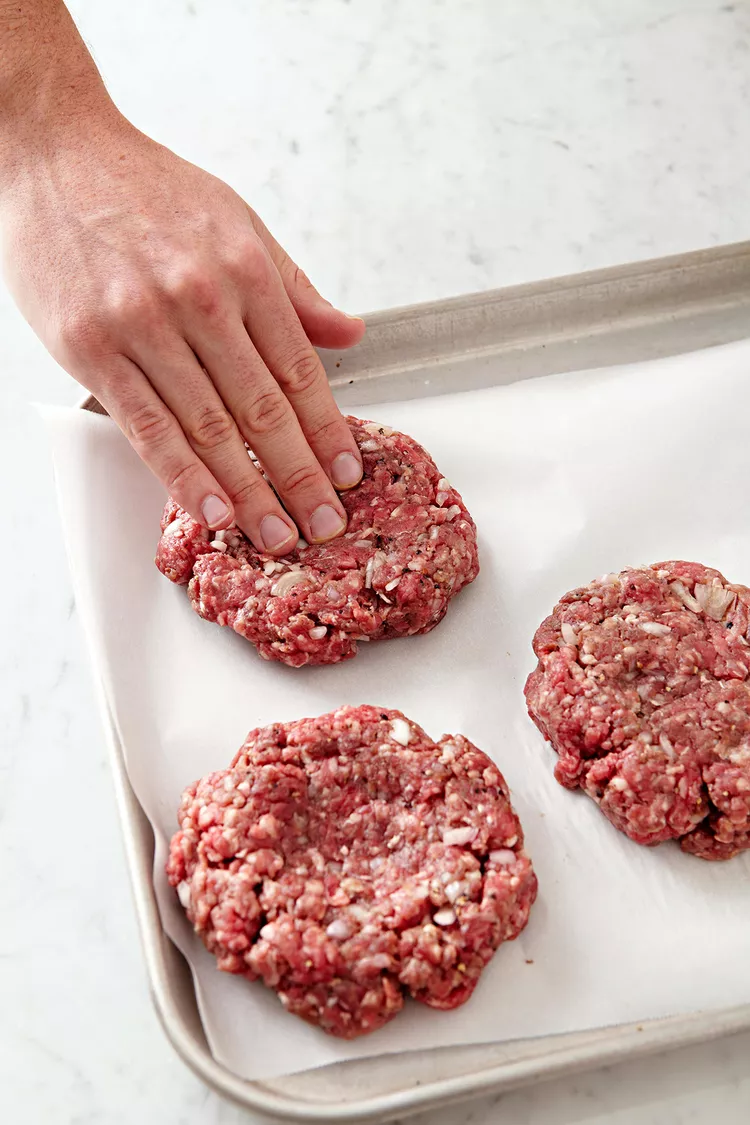As an Iowan, born and raised, a few minor details cue a major dose of late-summer nostalgia. The state fair. Savoring an ice cream cone as the sun sets at increasingly earlier times. The first bite of this year’s sweet corn harvest.
That latter occasion was something our entire family looked (and still looks!) forward to. With farmers markets every day of the week, truck beds overflowing with the freshest crops, and supermarket produce aisles all tempting me during peak corn season (which is July through early October in most parts of the country), it can be tempting to invest in dozens of ears to cook corn on the cob every which way while it’s at its sweetest.
However, I can only devour so many corn recipes in one day, so then I’m left with the question of how to store corn on the cob to keep it sweet and flavorful for as long as possible. Luckily, my friends in the Test Kitchen are only a call away to help me master how to store corn on the cob…something I admittedly should have learned 30 years ago. Hey, an old millennial can learn new tricks!
- Sarah Brekke, M.S., Better Homes & Gardens Test Kitchen brand manager
How to Pick the Best Sweet Corn
Turns out, I dialed up the perfect expert for this mission: Sarah Brekke, M.S., Better Homes & Gardens Test Kitchen brand manager, is married to an agronomist. The duo are quite the dream team when they visit their local Iowa farm stands to stock up on stalks.
Here’s what they look for—which aligns with university extension best practices:
- Feel the rows. No need to remove the husks, but try to feel the kernels through them. You’re looking for medium-sized ears lined with plump, firm kernels that aren’t too big. Ideally, the kernels should be arranged in neat rows with no rows missing, and the ear should feel heavy for its size. (All of these are clues that this is a healthy ear of corn.) “Smaller ears are usually underdeveloped and the corn tends to have a subtle grassy flavor while larger ears are overgrown and the large kernels are starchy and milky,” Brekke says.
- Peruse the husks. The husks should be bright green, tight around the cob, and still have some moisture, rather than feel crispy, brown, or loose. The silks should be light brown rather than dark brown. “The better the silks and husks look, the fresher the corn likely is,” Brekke explains.
- Check the tip. This is the area where worms are most likely to burrow into the cop. Peel back a tiny corner to check. “ If the tip has just a little insect damage but the kernels look good, this ear is still good for eating, just cut or break off the tip,” Brekke says. If the damage appears to be widespread, skip that cob.
Discard any ears that have overly brown husks, appear wet, have any mold growth, or that smell sour.
Test Kitchen Tip: Once you bring the corn home, you can peel back a bit more of the husk and try the “milk test.” Break a kernel and see if it emits a white, milky liquid. This is a clue that you have high-quality, ready-to-eat corn. If the kernel is doughy or dry, it is probably past its peak.
How to Store Corn on the Cob in the Refrigerator
You can store corn shucked or with the husks still on. Either way, it’s important to keep things cool—and aim to consume the corn ASAP, Brekke advises.
“Personally, I adhere to the rule that sweet corn needs to be eaten within 24 hours of it being picked for the best flavor,” she says. “Once the corn has been picked, all of those delicious sugars in the kernels quickly convert to starch.”
If you’re not going to eat the corn immediately, store it whole in the refrigerator (below 40°F) to help the kernels stay as sweet and tender as possible. Refrigerated corn in the husk should last for about 1 week.
Because the husks help the ears to retain moisture, the Test Kitchen recommends peeling and washing the corn just before cooking. If you opt to shuck the corn before storing it, place the ears in a large plastic bag to help retain moisture, Brekke advises.
How to Store Corn for Up to 1 Year
To extend its life even further, consider freezing corn. With this corn storage method, you can savor a taste of summer for up to 8 to 12 months; leading you right into the next corn season!
The most important—and often overlooked step—of freezing corn involves blanching the cobs first. This helps the kernels retain nutrients and leads to better-tasting corn when you do decide to enjoy it.
Brekke coaches us through how to freeze corn:
- Shuck the corn and remove any silks.
- Fill a large pot with water and bring to a boil.
- Add the shucked ears of corn, then boil for 4 minutes to blanch the kernels.
- Fill a large bowl halfway full with ice water. Using tongs, transfer the ears to the ice water to cool them down quickly.
- Once the ears are completely cooled, you have two choices: To freeze them whole or as kernels.
- To freeze the ears of corn, dry each piece thoroughly, then transfer the corn to a large zip-top freezer bag. Label and date, and store in the freezer for .
- To freeze kernels of corn, remove the corn kernels from the cob. On a parchment paper-lined sheet pan, scatter the corn kernels in a single layer. Flash freeze until solid, which should take about 30 to 60 minutes. Transfer the frozen corn kernels to zip-top freezer bags. Label and date, and store in the freezer.
To reheat frozen corn, simply bring a pot of water to a rolling boil. Add the frozen ears, and allow the water to return to a boil. Cook the corn for 5 minutes, then serve. You can also microwave frozen ears for about 5 minutes, or until heated through.
As for those kernels, there’s no need to thaw them for most cooked purposes. Frozen corn works beautifully in our Creamed Corn Casserole, Enchilada Verde Casserole, Roasted Salmon with Tomatoes and Corn, and Creamed Chicken and Corn Soup.
